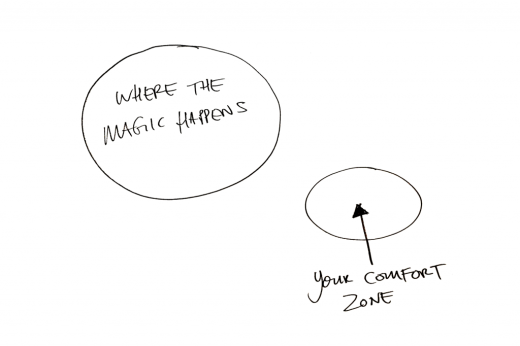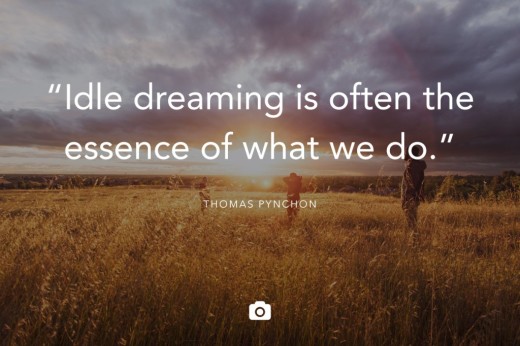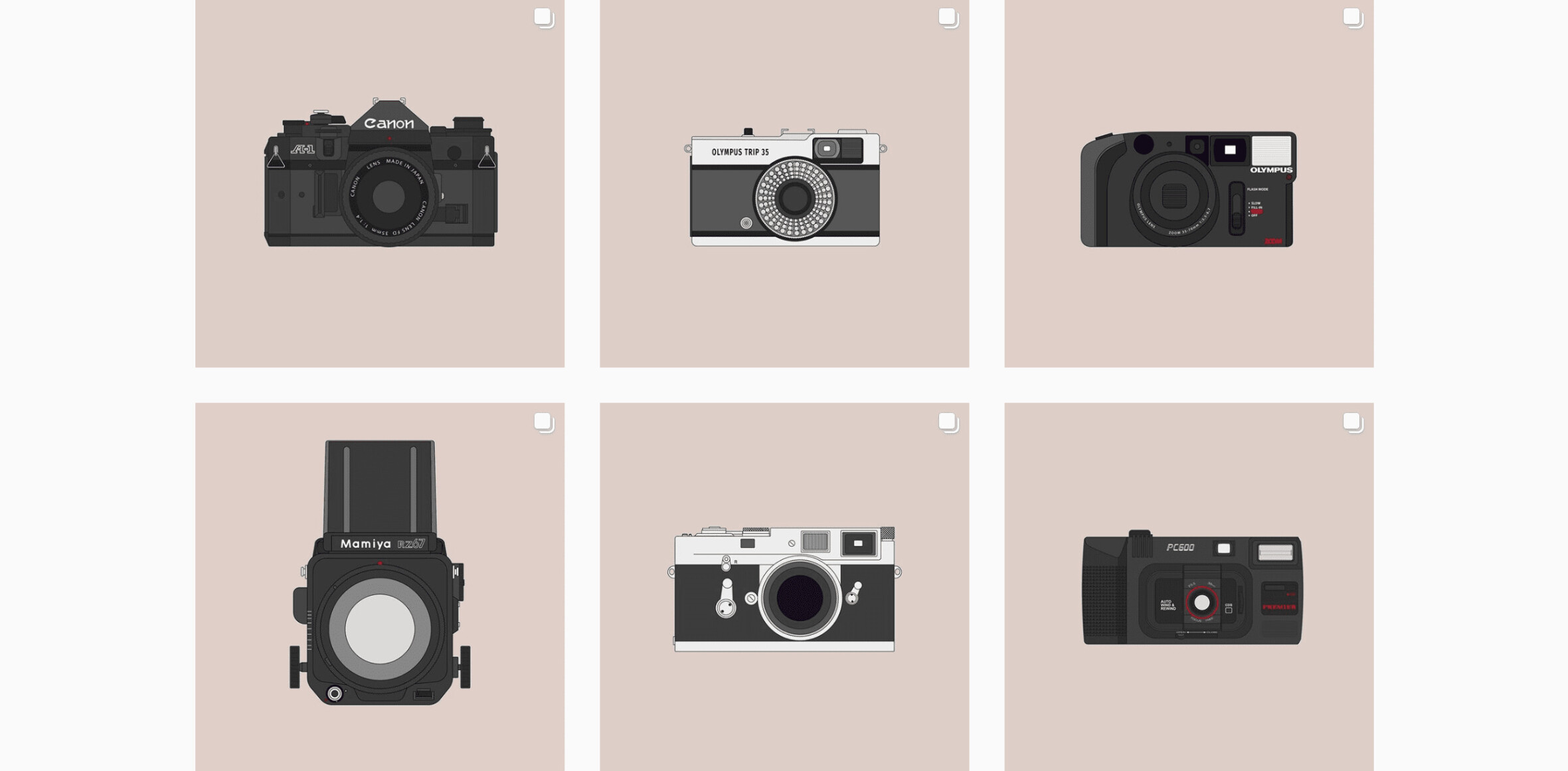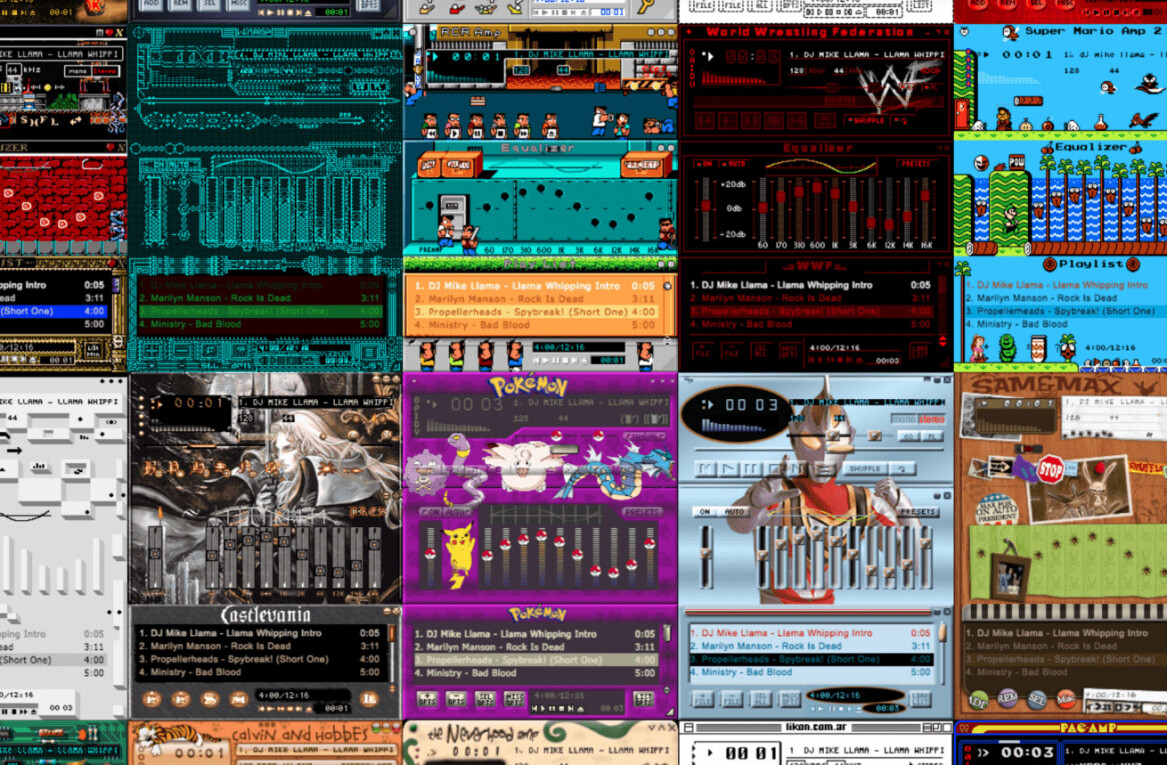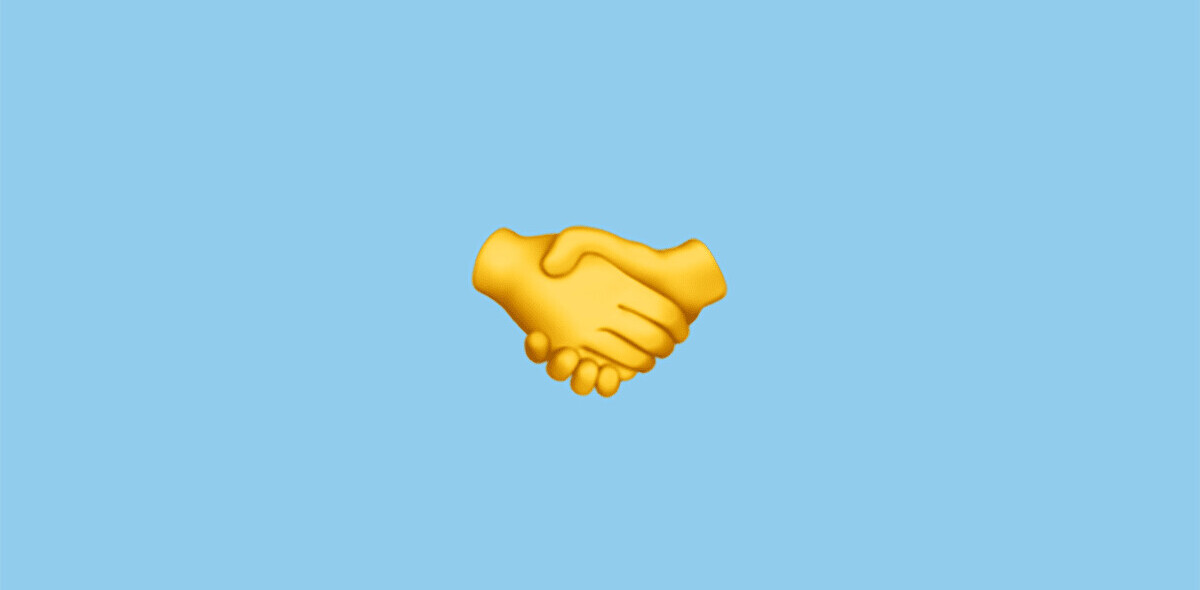
Creativity is not just for artists, musicians, writers, and designers. We are all creative, but the folks who are known for it have spent time cultivating it, failing at it, and working at it.
It’s easy to look at any famous creative person and think they’re naturally creative. It’s easy to assume their work just appeared and didn’t take hours/months/years of painstaking dedication. Much like the idea of ‘overnight success’, creativity is viewed as something that just happens.
Well, I’m here to tell you that’s not the case.
I’m here to share some examples of how anyone can cultivate and grow their creative muscle.
Because creativity is a muscle. Not an actual muscle like the ones bodybuilders sculpt, but a muscle in the metaphorical sense. Some of us are born with the ability to barely workout yet look like a Greek god (assuming that we all view Greek gods as muscular genetic freaks). But the majority of us aren’t so lucky. We have to work incredibly hard before we even see any sign of muscle being built.
The important thing is that the potential is there inside of all of us. You just have to really want it.
I’d like to share three ways you can increase your creativity. None of them cost you a single penny and all of them can be done right now.
‘No bad ideas’ brainstorming
One way to work the creative muscle is to do an exercise I like to call ‘No Bad Ideas Brainstorming’. I break this exercise down in detail here, but here’s a brief explanation of how you can do it right now with minimal effort:
- Get together with at least one other person but no more than a group of 4–6 people (ideally in person).
- Grab a pen and paper, or use a whiteboard if you have one.
- Spend 30 minutes riffing on ideas without any criticisms or critiques. No idea thrown out there is a bad idea!
- After 30 minutes of back and forth reassess all your ideas. Spend a good 15 minutes doing a broad sweep and see what stands out.
- Once you have your broad sweep done, get critical with your ideas and see what’s staring you in the face. What idea stands out to you and your partner/group? Which one(s) do you want to pursue?
Much like exercise, if you were to put in the work and do ‘No Bad Ideas Brainstorming’ often, you’d come up with lots of creative ideas. And even better than that, you’ll learn to be consistent with your output.
What quickly becomes apparent when you do this exercise is that when it comes to being creative you need to get out of your own way.
Let’s stick with the muscle metaphor and talk about getting in shape or losing weight. Yes, you have the option to eat a delicious cheeseburger with all the toppings, a large order of french fries, and a sugar-filled beverage, but consuming those things won’t get you in shape. By eating a poor diet, you’re limiting your own ability to get in shape.
We all know that it’s possible to use willpower to overcome poor lifestyle habits but when it comes to being creative things get a bit more nebulous. There isn’t a real cheeseburger, fried potato stick, or soft drink staring you in the face.
You need to discover what is getting in your way of being creative and actively avoid it. You don’t expect six-pack abs to just show up with no effort, so why would you expect creativity to do the same? Trusting the process and putting in the work is the easiest way to keep you from putting up roadblocks in front of your creativity.
Get outside of your bubble
Too often we stay where we’re comfortable.
As human beings we’re pre-wired with a pack mentality: We consume content from the same people on the same platforms. We steer clear of topics we deem controversial. We simply go through the motions and try to avoid discomfort like it’s the Bubonic plague.
But merely going through the motions will never help you become more creative or generate your next amazing idea. Plus, you absolutely cannot catch the Bubonic plague just by venturing beyond your invisible line of comfort.
To be truly creative you must push yourself outside your comfort zone. You have to move into uncharted territory. Lucky for you, we live in a time where this is easier than ever and where new and exciting information is unbelievably accessible.
We used to have to seek out inspiration. If you wanted to see priceless art, you had to go to a gallery or look at books filled with photos.
Nowadays you can slide your phone out of your pocket, tap a glass screen, and have images of all the world’s greatest art just a few clicks away. Yet with everything thrown to our feet it begs the question: How can you possibly be impressed and inspired by things that take almost zero effort to seek out?
I’d like to challenge you to ask your friends on social media, email, or even in real life to share what things they read on a daily basis for inspiration. You may find a bit of overlap, but something tells me you’ll find a lot of new resources that you never would have thought to read or investigate.
And I know it may sound crazy, but read books! Especially non-fiction (although fiction can be a good source of inspiration, too). Just consume new and different content than you normally wouldn’t, even if it’s only for 30 minutes per day.
It’s no secret that we’re inundated with notifications, pop-ups, alerts, unread icons, blah blah blah. Everyone knows we live in a society with too much information being thrown at us. Yet people don’t realize you can do things the same way you’ve always done them, especially as it relates to creative thinking and coming up with new ideas.
Think about this for a moment: When was the last time you had a great idea, thought, or revelation while you were elbows deep in scrolling through your inbox or newsfeed on Facebook? It just doesn’t happen.
Give yourself the space to create
We’re not talking about Neil deGrasse Tyson-type space here (although, he could be a great source of information for #2 if you’re looking to get inspired), but rather mental space.
But if being consistently creative is as easy as just giving your brain some mental space, why aren’t all of us coming up with the next printing press, light bulb, or iPhone? Because it takes more space than most of us are willing to allow. An uncomfortable amount, in fact.
A few years ago, I ran a business that was fueled by creative ideas. The amount of content created in that business on a day-to-day basis was overwhelming, but there seemed to be an endless amount of ideas. Looking back, I now realize why there were always ideas to be had—I allowed for space to fill up my creativity bucket.
On days when I would feel myself getting low on creative energy or ideas, I’d take a walk on the beach with my dog or my girlfriend. I wouldn’t bring technology and I’d just let my brain wander.
I wouldn’t always come up with great ideas while on the walk, but what did happen was that it set my brain in motion. The creativity muscle was put to work behind the scenes.
It could have been days, weeks, or even months later, but a great idea would pop in my mind. These ideas didn’t come out of nowhere, they came out of the process of allowing for space.
Whether you have a beach, a path by your house, a hiking trail, or a forest, find a quiet place without noise or distractions. Personally, I’ve found that actually moving around and being outdoors allows the most mental space.
Remember, allowing for space doesn’t mean you have to lock yourself in a cabin in the woods for weeks on end. It could be as simple as a 10 minute walk every day. Or maybe even some (prepare for a dirty, over- and incorrectly used word) meditation.
There’s one important final step to remember if you want to create consistently: the work.
Simply having ideas doesn’t make you creative. We don’t remember famous inventors for all the inventions they thought of but never brought to life (they do have a ton of those though). We remember famous inventors for the things they actually built and created.
True creativity comes when ideas are given a chance to live. Because once an idea is alive, it sets in motion the opportunity for momentum. And momentum begets momentum.
Give yourself the space, practice, and daily intention to become more creative and watch your ideas come to life.
Read Next: The hidden power of ‘I don’t know’
Image credit: , Jordan McQueen, Unsplash
This post first appeared on the Crew blog.
Get the TNW newsletter
Get the most important tech news in your inbox each week.


